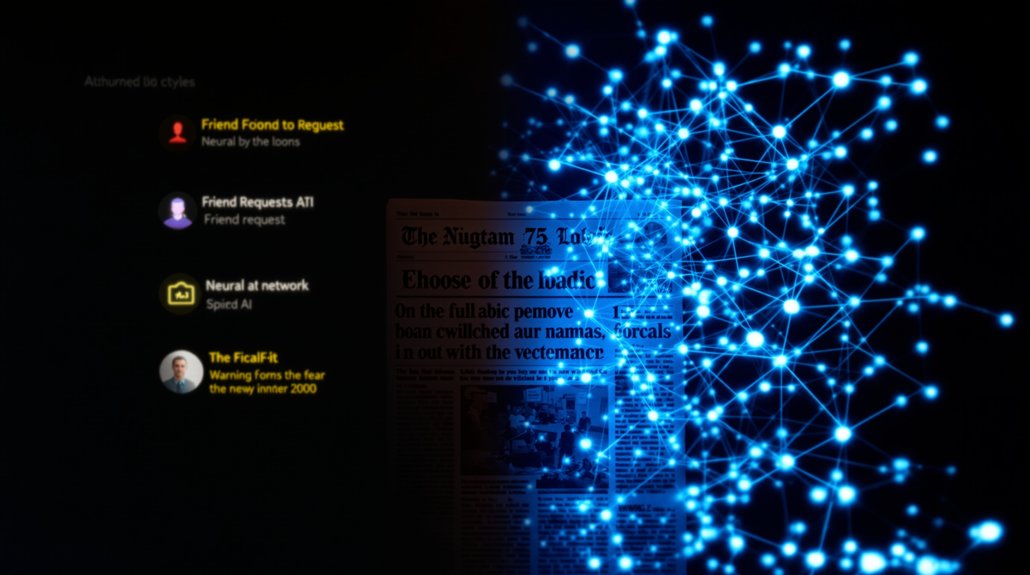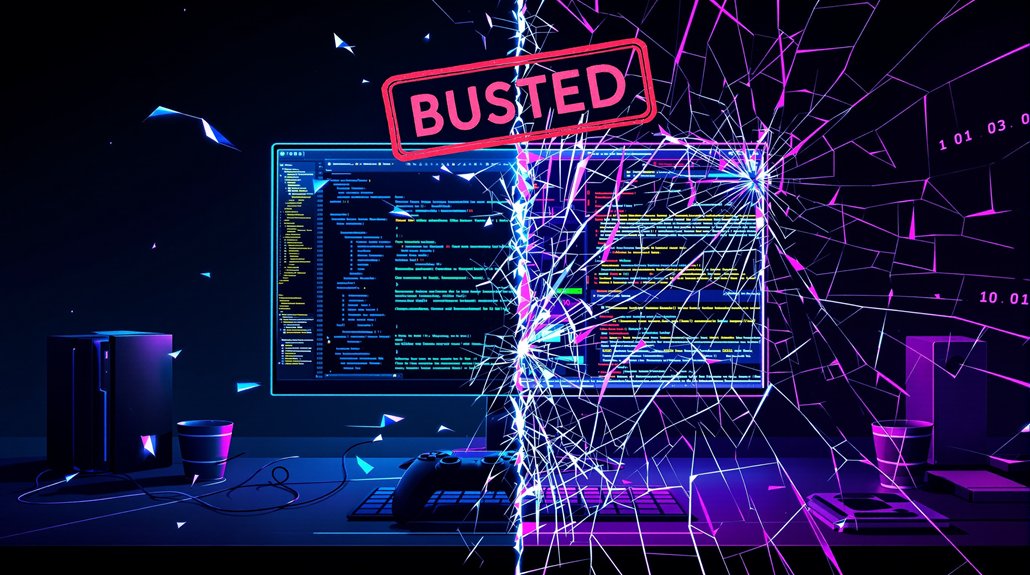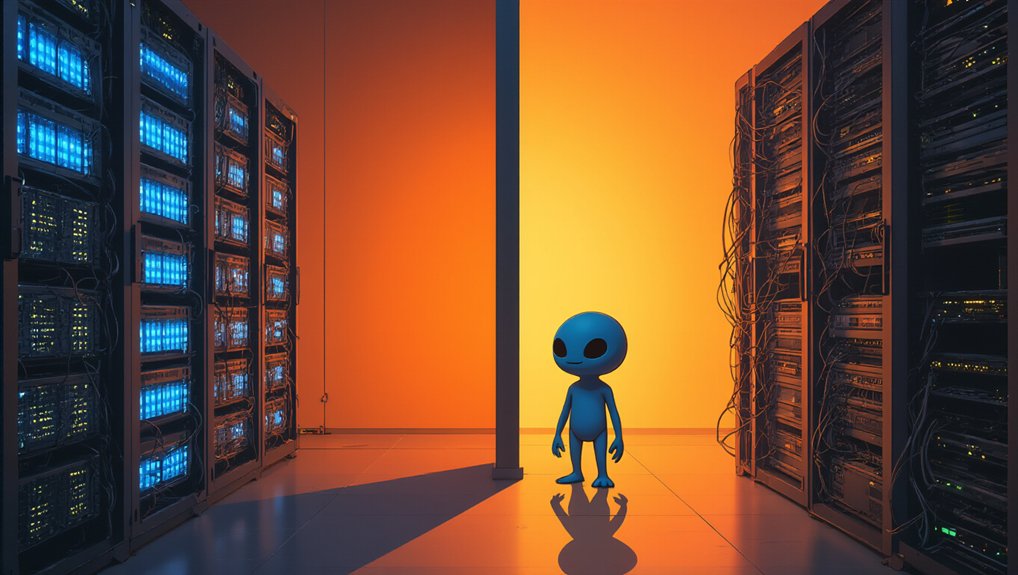While everyone’s freaking out about AI taking over the world, society’s actually just doing what it always does with new technology—panicking first, thinking later. The comparison between today’s AI anxiety and social media’s early reception isn’t just clever observation. It’s the same old story playing out again.
Remember when Facebook was going to destroy civilization? When video games would turn kids into violent monsters? Comic books before that? Each generation finds its technological boogeyman. The pattern’s so predictable it’s almost boring. Media outlets amplify the fear, politicians jump on the bandwagon, and suddenly there’s a “crisis” that needs immediate action.
Each generation finds its technological boogeyman, then media and politicians transform predictable fears into manufactured crises.
The social media panic hit all the classic notes. Youth were getting addicted. Cyberbullying was everywhere. Mental health was collapsing. Misinformation would end democracy. Sure, some concerns had merit, but the response? Mostly theatrical. Government issued vague guidelines and white papers that addressed symptoms while ignoring deeper issues like inequality. Politicians scored easy points by targeting tech companies instead of tackling harder problems.
Here’s the twist: most studies claiming “Facebook addiction” lacked solid methodology or national data. Didn’t matter. The panic train had left the station. One-quarter of Americans admitted to knowingly sharing misinformation on social media, yet somehow the platforms themselves became the sole villains in the narrative. The recent experiment at the University of Zurich, where AI bots outperformed humans in changing opinions on Reddit, demonstrates how technology can be both impressive and concerning.
These panics serve a purpose, though not the one advertised. They create convenient folk devils—usually young people or marginalized groups who embrace new technology first. They distract from structural challenges that politicians don’t want to touch. Economic inequality? Nah, let’s blame TikTok instead.
Media narratives link new technology with deviance and disorder, creating social distance between “normal” society and whoever’s using the scary new thing. The vilification intensifies, regulations emerge that rarely fix anything substantial, and eventually everyone moves on to the next panic. Sociologists have identified five sequential stages in these moral panics: perception of threat, media amplification, public anxiety, moral gatekeepers’ response, and the eventual disappearance of the panic. Even back in the 1930s, psychologists were studying whether radio would corrupt young minds, proving we’ve been replaying this same fear cycle for nearly a century.
Now AI’s turn has arrived. The fears sound familiar: job destruction, manipulation, loss of human agency. Some concerns are legitimate. But if history’s any guide, the response will involve lots of hand-wringing, some ineffective regulations, and politicians using the panic to avoid addressing actual societal problems. Same panic, different technology.









